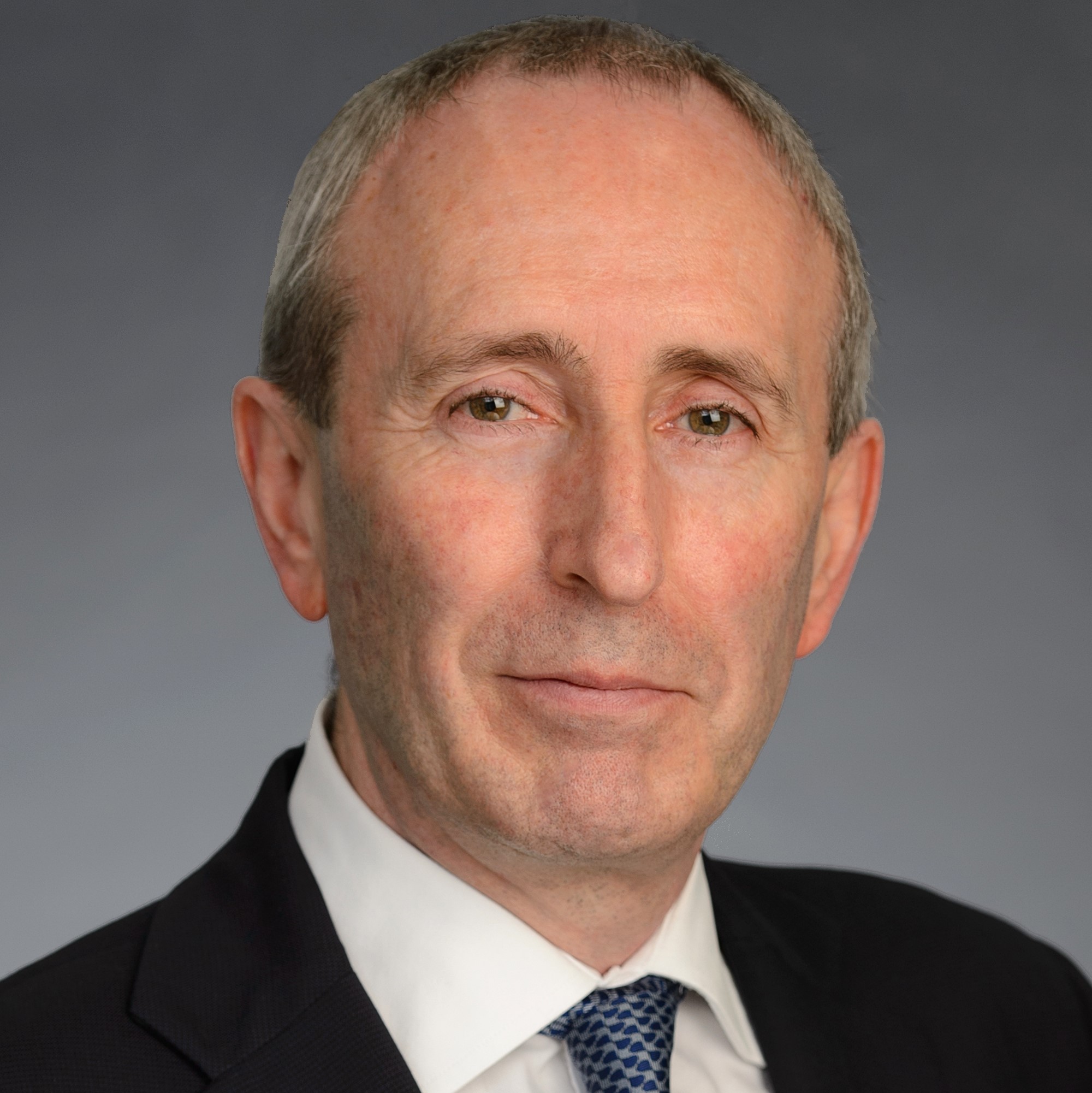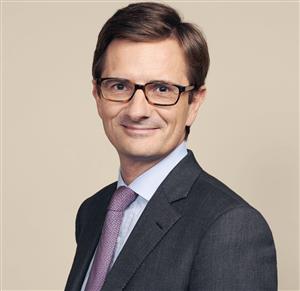1. Economic outlook: taking the elevator down and the stairs back up
Anna Stupnytska, Head of Global Macro and Investment Strategy
The economic rebound from the sharp COVID-19 slowdown has begun. We expect to see double-digit quarterly growth numbers in the short term as lockdowns are ended and pent up demand is released (for example, in the recent spike in retail sales). Business activity surveys have indicated improving activity and consumption data has been encouraging. Around a third of job losses appear to have been recovered, but it appears that much of this re-hiring has been done on a temporary basis and there is some evidence that the labour-market recovery is now slowing. Questions remain over how much unemployment is temporary and how much will be permanent (initial analysis suggests around 30% of job losses will be permanent), and therefore likely to be a drag on consumption over the longer term. We note the daily news of job cuts throughout the corporate sector.
We know that the recovery will not be smooth, but at present it is hard to judge the lasting damage caused by the crisis. As we move towards the end of the year greater clarity should be provided, for example in terms of corporate behaviour. There is also likely to be more certainty over the policy outlook. This will allow us to better assess the medium-term prospects for the global economy and investment markets. The level of policy support already provided has been unprecedented and it remains to be seen what side effects this will have, for example in term of inflation. The potential removal of support remains a key risk that still needs to be quantified; we note the taper tantrums that have accompanied episodes of policy normalisation in the past decade. We have recently downgraded our growth projections and expect global GDP to remain lower than it was in 2019 in 2021. In this respect, we are slightly more pessimistic than consensus, both globally and across most regions. We recognise that uncertainty is elevated and there is potential for significant dispersion of economic outcomes, but see risk skewed to the downside, given potential aftereffects (we see a 10% chance of upside to our base case, but a 30% chance of downside). Countries that respond to the crisis by investing in pro-growth areas are likely to benefit in the longer term. The UK appears to be lagging in its recovery, based on real time data such as that provided by Google mobility.
2. Market overview - an overview of the second quarter
Andrew McCaffery, Global Chief Investment Officer, Asset Management / Romain Boscher, Global Chief Investment Officer, Equities
The economic recovery is expected to be slow, although markets have experienced a v-shaped recovery, with some asset classes achieving historic returns in the second quarter of 2020. High yield and investment grade credit had their best quarters for over a decade (10% returns), the NASDAQ had its best quarter for two decades (31% return), the S&P 500 had its best quarter since 1998 (20% return), and oil prices had their best quarter since the first Gulf War (94% return). This was helped by improved sentiment in the US as economic data came in ahead of expectations.
Trends that were in place prior to the COVID-19 sell off have returned. In particular, the FAANGS have re emerged as the market leaders, achieving incredible gains. Participation in the rally has been broad (contrary to some peoples’ beliefs), with data such as options positioning showing the health and interest of the US retail investor. There appears to have been some fear of missing out retail buying.
Some economic ground appears to have been recovered, but we need to gain greater clarity on the recovery’s sustainability. The longer term effects of the crisis need to be quantified, particularly in employment. Initially, much unemployment was considered as temporary, but new job losses appear to be more permanent. A key challenge for markets will be maintaining the current momentum in the event of a second wave of the pandemic, particularly in the US where cases have rebounded.
Announcements regarding future policy stimulus will be key. Overall, we expect the third quarter to be more challenging for markets and expect a consolidation of recent gains. Share buyback activity will be undermined by weaker business performance. Improvement in the economic backdrop / further policy stimulus may be needed to spur another leg higher in equity markets.
3. With a clear policy of getting real rates negatives negative and keeping there, what are the consequences beyond fixed income?
Steve Ellis, Global CIO Fixed Income / Romain Boscher , Global Chief Investment Officer, Equities
Globally, the stock of total outstanding debt has reached $200 trillion, or 278% of GDP. The only way to support this hugeburden is for monetary policy to drive real yields lower; they have fallen quite precipitously in response to the crisis, from 1 % to 0.75% and are likely to remain in negative territory indefinitely. This has become the key objective of monetary policy and the trend is for real yields to fall further, perhaps because of lower interest rates or as inflation accelerates. This trend will drive demand for income and potentially inflation protection.
Option adjusted credit spreads are still implying relatively high default rates in credit. We believe these spreads represent value, but pessimistic investors should stick to quality issues.
The ‘race to the bottom’ in terms of interest rates is positive for equities. With real yields now negative, investors that need yield are having to invest in more risky asset classes, such as equities, to generate returns. We favour corporates with strong balance sheets, as these are best placed to weather any forthcoming episodes of economic weakness.
Investors are asking whether the world is becoming ‘Japanified ’. When rates fell in Japan, the savings ratio increased as people needed to save more to earn enough for retirement. This was to the detriment of consumption and demand. However, it was beneficial for credit and equities, as these still provide an opportunity to acquire higher levels of income.
4. Has policy stimulus fuelled a disconnect between markets and the real economy?
Steve Ellis, Global CIO Fixed Income
The scale of the policy response has been off the charts, with $6.2 trillion in fiscal pledges and the Federal Reserve’s balance sheet expanding by the equivalent of five times the amount of QE1 and QE2 combined. The bottom line of this massive response is that there has been M2 money supply growth of 23% this year and this could reach 30% by the end of the year, as the front end of the curve suggests that investors aren’t yet convinced that the authorities have done enough.
This is all money that will eventually creep into asset markets in search of yield. At the moment, the stimulus is mainly being reflected in asset prices because the scale of economic destruction associated with COVID 19.
5. Is the stimulus and liquidity being pumped into the system inflationary in the real economy, or is it just asset prices that will head higher?
Steve Ellis, Global CIO Fixed Income
The money printed by central banks following the global financial crisis ended up being used to recapitalise banks and was parked in the financial system, it never made it to the real economy. This is not the case this time, banks are well capitalised.
Monetary expansion in the real economy is the bedrock of inflation. Eventually the massive increase in the money supply will show up in consumer prices. At the same time, deglobalisation and onshoring of economic activity present upside inflation risks.
6. Ideas for the third quarter
Romain Boscher , Global Chief Investment Officer, Equities
Markets have been complacent and a seamless, v-shaped recovery has been priced in. Because of this, we favour high quality companies that should be resilient to any unexpected bumps in the recovery. Such events could provide opportunities to increase risk. However, we are cautiously optimistic.
In terms of sectors, we see risk in real estate, given the potential permanent impact of Covid-19 on office space. There are also likely to be lasting adverse effects on the oil sector, given the effect on travel and the trend towards renewable energy amid greater focus on climate change risk.
Andrew McCaffery, Global Chief Investment Officer, Asset Management
Some of the best risk-adjusted returns have been in traditional equity hedges such as gold, investment grade and TIPS. We are wary that some trades have become more crowded. Hedge funds could provide opportunities to hedge against periods of volatility, but these have so far been sporadic and such investments would do better in more sustained volatile environments.
There are still opportunities in higher quality yielding credit. We also remain positive on Asia, and China especially, as we expect money pumped into the US economy to start to show up more prominently in asset prices around the world.
7. Has there been a greater focus on sustainability?
Romain Boscher , Global Chief Investment Officer, Equities
The crisis has put a greater emphasis on sustainable investing. Our proprietary analysis shows that companies that demonstrate better ESG credentials outperformed during the crisis, whereas those that are weaker on ESG generally underperformed, across both equities and credit. Essentially, companies that are cognisant of ESG opportunities and risks are more likely to outperform. Wirecard provides a well publicised recent example of a company with poor governance underperforming, we had given it our lowest possible score and this allowed us to avoid it as an investment.
8. What other structural shifts are occurring?
Andrew McCaffery, Global Chief Investment Officer, Asset Management
The key trend is that liquidity is being pumped into the system by the world’s central banks, primarily the Federal Reserve. It remains to be seen whether this liquidity will be sufficient to support economies and this will likely be questioned in the coming months. Eventually, the extra liquidity that has been pumped into markets will look for returns, which brings us to Asia, where growth is stronger, and some parts of Europe, where policymakers are exceeding our expectations.
As we move towards the end of the year the US Presidential Election will come into investors’ focus.
- See also: Fidelity CIO Outlook Q3









































